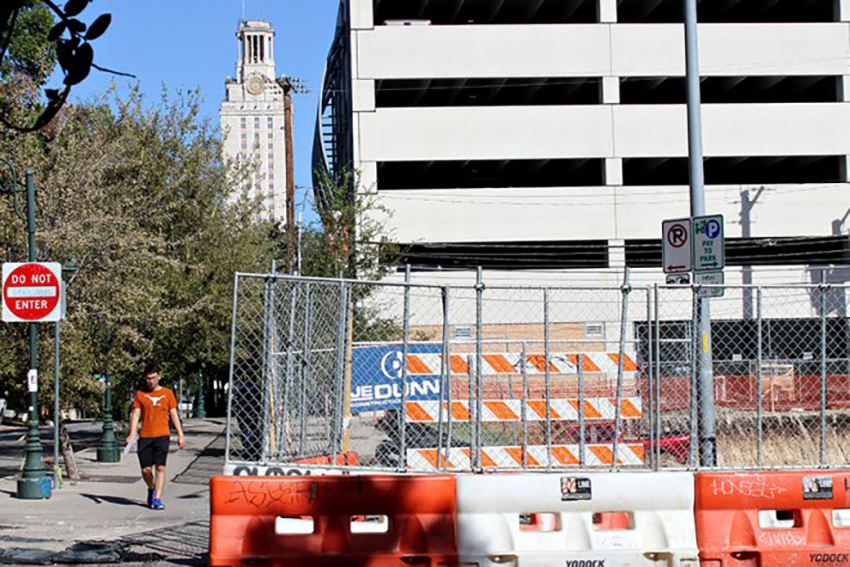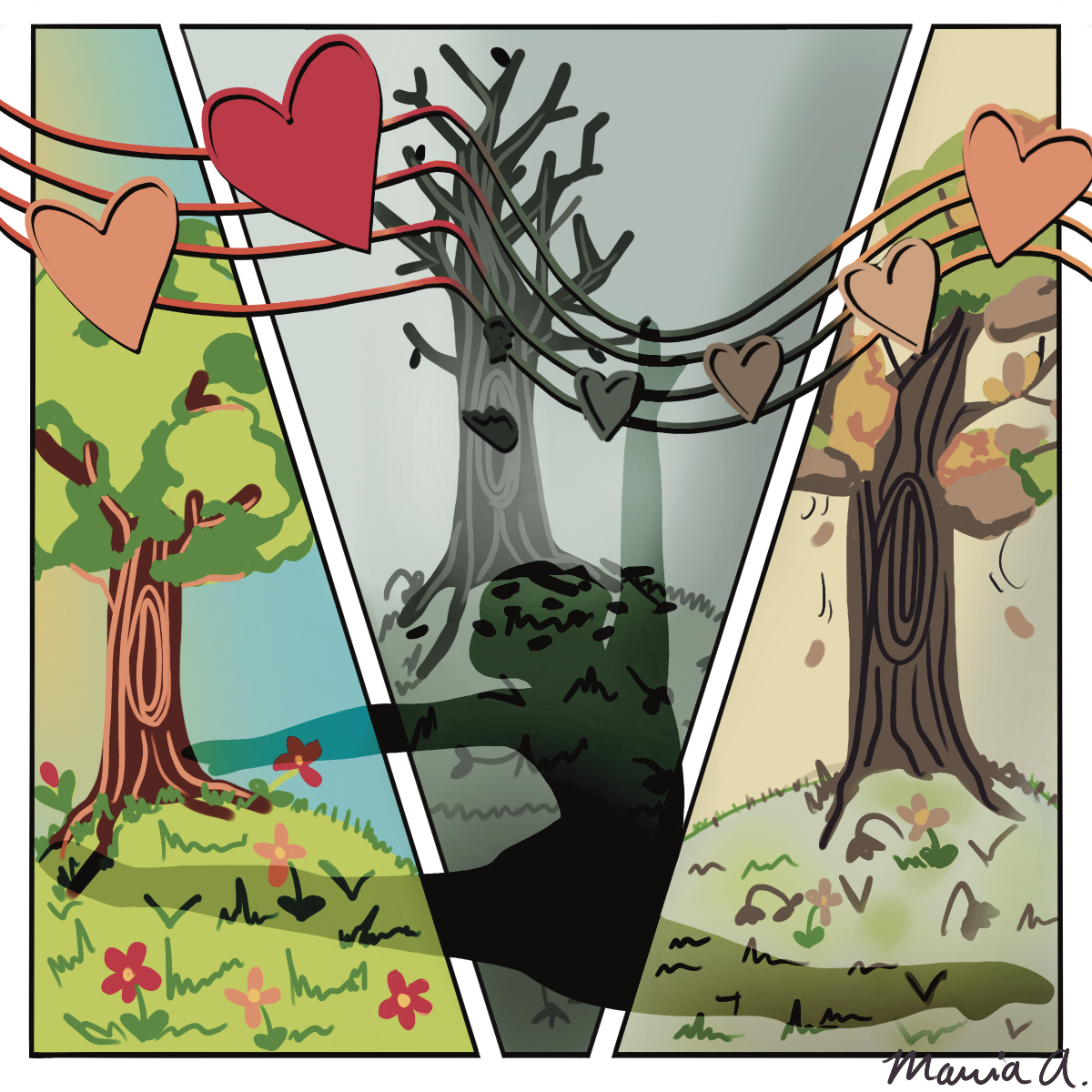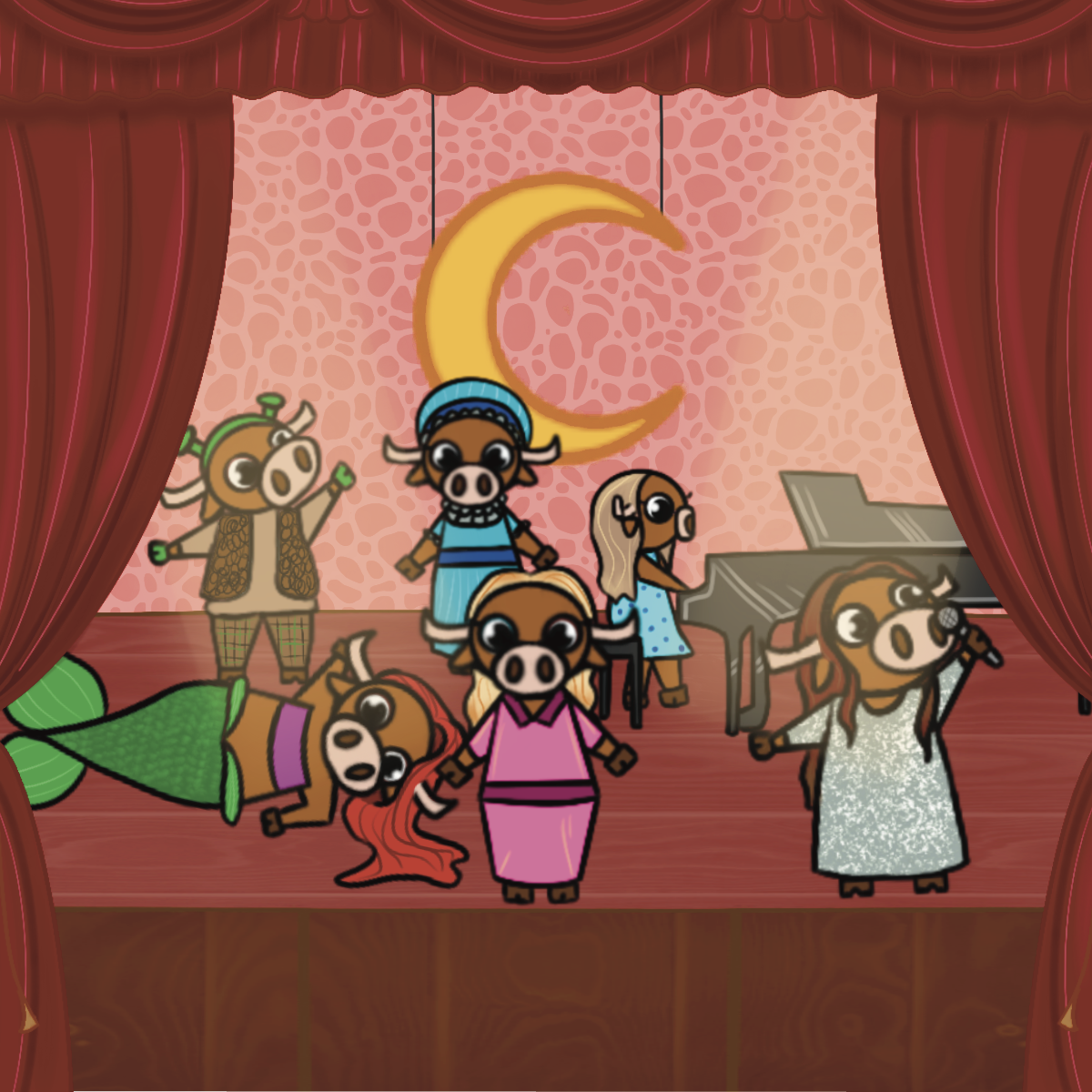High rises are quickly taking the place of the quirky condos that used to keep West Campus weird, pulling rental rates up with them.
The price of living in West Campus has only increased, and as the student population balloons, students are moving further and further from class to make ends meet.
Elizabeth Mueller, professor of community and regional planning, said displacement is key to defining gentrification.
“Gentrification is about neighborhood change, but it’s important because it’s neighborhood change that has negative effects on existing residents,” Mueller said. “Usually, it’s used to refer to a neighborhood where residents are of lower income and have fewer housing choices. So as their neighborhood changes, they may not have very good choices if they can no longer afford to live there.”
When it comes to West Campus, Mueller said it’s hard to call West Campus “gentrified” because students hardly live in one place longer than a year, meaning that displacement can not be discerned. Rising rent makes staying close to campus difficult for students, which is a problem — whether labeled or not — and city planners are trying to turn the tides.
Mueller said students have moved outside of West Campus to areas like East Riverside, where they trade proximity to campus for larger apartments and reasonable rent. To alleviate undesirable student sprawl, the city of Austin and neighborhood organizations northwest of campus made West Campus/University Neighborhood Overlay, or UNO, a city planning policy with new incentives and regulations for West Campus high rises.
Jake Wegmann, UT planning and development professor, said UNO incentivizes development of high rises, while creating regulations that benefit the whole of West Campus.
“The idea is to invest in improving the public realm to help support the much higher density of buildings and people that are in West Campus now,” Wegmann wrote.“This has taken a lot of pressure off other neighborhoods, such as Heritage and the area due north of campus and east of Guadalupe.”
UNO used a form of zoning called “upzoning” to allow West Campus developers to build taller buildings with more potential for rent income if they agreed to designate 10 percent of their units as low income housing, also known as SMART housing, and to help fund
neighborhood infrastructure.
The objective was to create more housing options close to campus and to ensure the expensive, new buildings didn’t push low income students out of West Campus, Wegmann said.
UNO’s incentives have also improved the quality of life in West Campus via improvements to sidewalks and streetlights. In addition to improving infrastructure, UNO doesn’t ignore other nearby neighbors either — decreasing the number of students who want to live in neighborhoods also decreases students’ demand for neighborhood housing, thereby protecting the price of living for the neighborhood families.
“UNO has been a smashing success — a piece of careful city planning that has basically accomplished what it set out to do,” Wegmann wrote.
Tatum Lau, urban design and community and regional planning graduate student, lives in Austin and said the decisions made by city planners, designers and neighborhood associations have the power to make social ripple effects — for good or for bad.
“When people feel powerless about what is going on, as planners and designers, we have to be reminded that we made that choice as a city,” Lau said.





















